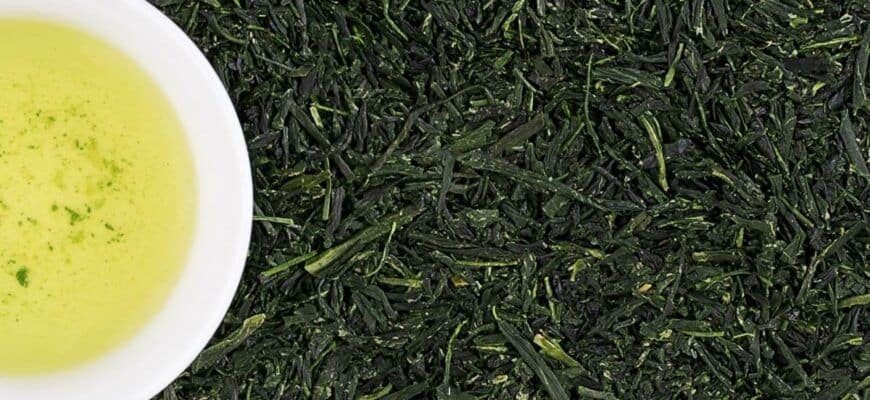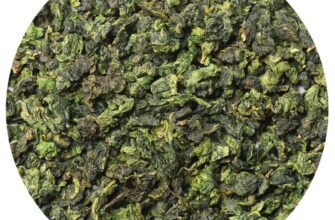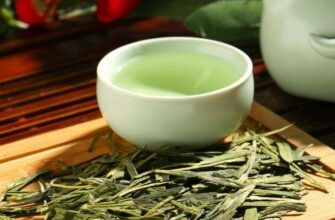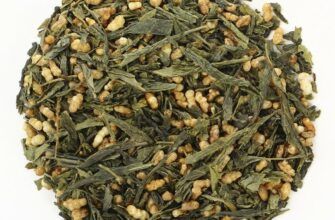Sencha tea is a Japanese green tea made without grinding into small particles. Unground Sencha tea was introduced to the Japanese by the Chinese, following Matcha (ground green tea), which is believed to have been brought to Japan by Buddhist monks.
Sencha means "roasted tea" in translation, although the process of making it is very different from Chinese teas that are roasted on a baking sheet (and therefore, most likely, they would be more appropriately called "roasted"). Japanese tea is first steamed for 15-45 seconds to prevent leaf oxidation. The leaves are then rolled, shaped and dried. This step gives the tea a cylindrical shape. Then, after drying, they are fired again to "preserve" and add a scent.
Steaming affects the smell of Chinese and Japanese tea differently, as Japanese tea has a more herbal, "herbal" taste (although some have a sweetish flavor and aroma). Decoctions of Sencha and other steamed green teas are also greener in color and slightly bitter in flavor than traditional Chinese teas.
Sencha tea is very popular in Japan and is drunk hot during the cold months and hotter during the summer months.
Types of Sencha
Sencha is the most popular green tea from Japan. About 90% of all green tea made in Japan is the Sencha variety. Currently, China also produces some Sencha tea, which is exported in large quantities overseas or to Japan. Today, the word "sencha" refers more to the way the tea is made.
Sencha tea (regular steaming)
Everything now called "sencha" is either Futsu Mushi Sencha or regular (steamed) sencha. "Sencha" emphasizes the balance of taste (sweetness, bitterness, lightness and juiciness) and the freshness of the aroma. Also called Futzu Sencha, Futzu Mushi Sencha.
Fukamushi-cha (deep steaming)
Fukamushi cha is a deep steamed tea. To get rid of astringency, this tea is subjected to a long steam treatment. Prolonged steaming often results in finer leaves and a more juicy concoction. Typically, steaming Fukamushi-cha tea lasts less than Sencha, 30-45 seconds. Fukamushi cha is brewed using special teapots that help filter the tea and broth.
Kabushe-cha (grows in the shade)
The unique characteristics of Kabushe-cha lie somewhere in between Gyokuro and Sencha due to the deep flavor of Sencha. Kabushe-cha is made in such a way that its flavor is reminiscent of both Gyokuro and Sencha, and is much easier to enjoy than Sencha. Growing tea leaves before spring harvest prevents the breakdown of thiamine and its conversion to catechin. More thiamine means more rich flavor and aroma.
Tokumushi-Sencha (light but deep steaming)
Usually this tea is referred to as Fukamushi-cha. Tokumushi refers to the special steam treatment that gives this tea the unusual taste and aroma of Tokumushi.
Kuradashi-Sencha (aged)
Spring Sencha is kept in mountainous areas to keep it fresh. But instead of preserving the fresh taste of this tea, this process makes the flavor of the tea even richer and sweeter. This is a seasonal product, open only from October to December. In some areas, the opening of "aged" tea is a ceremony.
Nibatcha (second collection)
The second collection is of lower quality than the first collection. Leaves may become stiff and lose their fresh green fragrance.
Read more:





